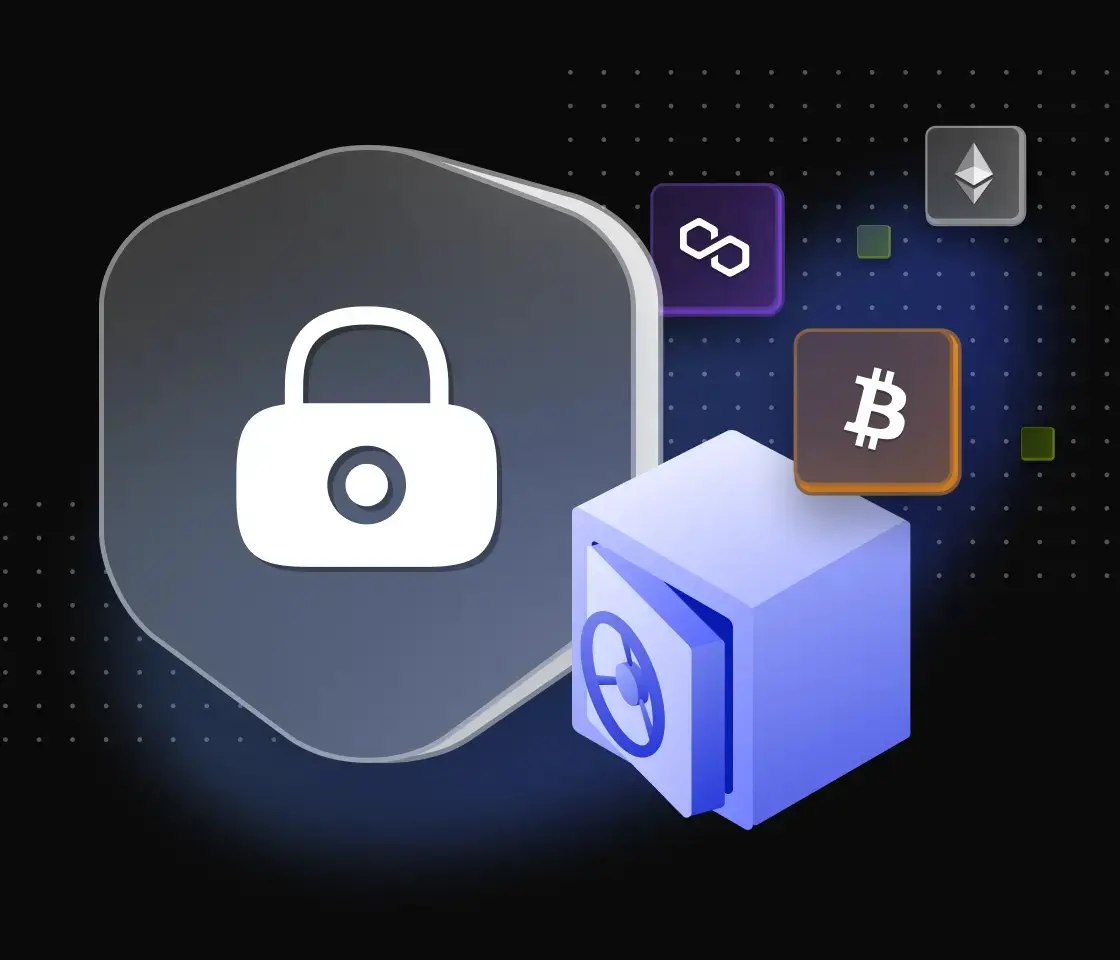Can "community composability" help Web2 users leap into Web3?
Authors: Jenny Wang, Michael Chiang, a16z
Web3 has permeated mainstream culture, from Paris Hilton showcasing her NFTs on The Tonight Show to ConstitutionDAO attempting to purchase one of the last remaining copies of the U.S. Constitution. However, joining Web3 remains a complex and chaotic process for early users. There is a large group of digital natives—let's call them "Web2.5"—who are curious about crypto technology but may not have enough enthusiasm for Web3 to endure its learning curve.
If Web3 builders continue to expect new users from Web2.5 to jump into the unfamiliar world of Web3 without assets, networks, status, or history, then achieving widespread adoption of Web3 will be challenging. Simplifying the onboarding process is one solution, and many new Web3 companies are focusing on this goal. However, due to cultural and technical reasons, onboarding training may still be complex for the foreseeable future. Here’s another idea: What if we first show Web2.5 users the benefits of Web3 and then provide them with a bridge to make the leap? We believe that this bridge may lie in "community composability," a new twist on a decades-old computer science concept.
A16Z's Chris Dixon defines composability as "the ability to mix and match software components like Lego blocks… each software component only needs to be written once and can then be easily reused." We are introducing the term community composability to describe how communities can stack together like building blocks to create new layers of community.
Web3 builders can attract Web2.5 users to join Web3 by unifying their disparate Web2 histories into a single digital identity. While community composability is not a panacea for all types of products, it allows builders to create stickier communities by uniting sub-communities in passionate fields and by enabling anyone in Web3 to provide benefits and experiences to community members, thereby benefiting all stakeholders.
We are currently only in the early stages of consumer crypto. As co-founders of a new Web3 company and former heads of NFT projects and community managers, we have learned that truly successful consumer crypto products must meet the needs of Web2.5. Community composability offers Web2.5 users a way to "own their influence" completely.

How Composability is Used in Web3 Today
Examples of community composability in Web3 already exist. However, it is important to recognize that in these scenarios, composability is largely used to further benefit early users of Web3 (for example, DeFi mining provides crypto-native users a way to earn more crypto by moving their assets across different lending markets and new protocols). In contrast, we suggest expanding the Web3 user base by explaining to Web2.5 users how Web3 enables ownership and digital identity.
The recent success of LooksRare, a competitor to OpenSea, illustrates the power of community composability in Web3. LooksRare leveraged OpenSea's trading data to reward primary users with $LOOKS tokens, essentially utilizing the OpenSea and NFT trader networks. While OpenSea remains the dominant platform, LooksRare has generated significant trading volume and successfully maintained meaningful market share as a company built in less than a quarter or two.
Derivative NFT projects, which are branches or mashups of current popular projects, are another example of community composability. For instance, the Bored Ape Yacht Club (BAYC) has many derivative projects attempting to capitalize on its fame. Some, like the Mutant Ape Yacht Club and Bored Ape Kennel Club, were created by BAYC's creator Yuga Labs. Other creators have inferred from BAYC's art, style, and traits to create their own non-affiliated projects, such as Jacked Ape Club, Apocalyptic Apes, and Apes In Space. Azuki Mfers, a mashup series of the blue-chip projects Azuki and Mfers, has seen over 360 ETH in trading, despite the creators having no affiliation or endorsement from the creators of Azuki or Mfers. These derivative projects attempt to gather the community of the parent project along with external fans who have not been able to participate—either due to high entry prices or because the derivative art and roadmap resonate more with them. Typically, members of the parent ecosystem do not participate in derivative projects.
Finally, profile picture (PFP) NFT accessory projects, or digital assets used to decorate PFPs, are a more obvious example of consumer-facing community composability, as they can unite multiple communities through a shared marketplace. 10ktf is a project supported by Beeple that creates NFTs of backpacks or shoes using your ape, which you may also "wear" in future metaverse ecosystems. 10ktf supports several popular collections, including BAYC, Cool Cats, Forgotten Runes Wizard's Cult, and World of Women, meaning only holders of these NFTs can participate. Gucci's recent announcement of a collaboration is an incredible milestone and a victory for the entire 10ktf community, drawing from all currently supported PFPs.
Building a Bridge from Web2 to Web3
In a previous article titled "Composability is Innovation," crypto project founder Linda Xie praised the power of composability as one of the most potent aspects of the crypto space: "Because composability allows anyone in the network to adopt existing programs and adjust or build upon them, it unlocks entirely new use cases that do not exist in our world."
She is right. But it is important to understand that composability is not just a cryptographic concept or even a software concept. Web2 companies often leverage composability to expand their customer base, even if they do not use the term. A useful example is the coffee subscription box startup Cometeer, which mails various frozen coffee beans from popular coffee shops (like Joe's Coffee or Equator Coffee) each month. Each box contains coffee from brands that customers already love, as well as coffee from new brands they have not tried yet. Thus, Cometeer "composes" the brand-loyal customer base into their clientele. Targeted advertising also demonstrates the role of composability: companies look for customers from existing databases.
These Web2 examples showcase the composability of "customer bases," rather than true community composability, which leads to new or stronger connections between peer fans or creators and their followers. Broadly speaking, a community is a group of people who come together due to shared interests or identities. Community is at the core of any crypto project's success.
While community members in the Web2 enthusiast space have matured, they are fragmented. Fitness is a typical example. A fitness enthusiast's Web2 "influence" is scattered across different databases—Rumble does not accept Barry's loyalty; mileage recorded at SoulCycle does not show up on Peloton.
Builders can leverage community composability as a bridge to Web3, uniting isolated groups in fitness and other enthusiast spaces. In the fitness example, a Web3-native platform could reflect your workout records across different classes, integrating all the statuses you’ve earned through various fitness memberships into your on-chain digital fitness identity. This means users can own their entire influence and receive rewards from anyone based on their historical behavior. This hypothetical ecosystem is impossible in Web2, as communities cannot compose without permission in Web2. However, for Web2.5 users joining Web3, fitness transforms from an interest defined by centralized companies into their own interest, making it easier to share with other fitness enthusiasts.
We have yet to see the true potential of consumer applications in Web3. But we can imagine how Web3 builders might utilize community composability. Why not create a new developer platform that rewards the most active contributors on StackOverflow, open-source platform GitHub repositories, and r/programming with $CODE tokens? Or imagine rewarding top verified reviewers from Yelp, DoorDash, UberEats, and Foursquare with $MICHELIN tokens to launch a trusted Web3 food community that attracts users more interested in exploring new restaurants than in purchasing NFTs (currently the most common means in Web3).
If we can build consumer crypto products that meet the needs of Web2.5, rather than asking them to adopt a new behavior, wouldn’t they be more likely to explore Web3? We have the opportunity to extend Web3 beyond the earliest adopters and demonstrate how meaningful community-owned products can be. We believe that teams seizing this opportunity will reap compounded benefits and drive the growth of Web3.










